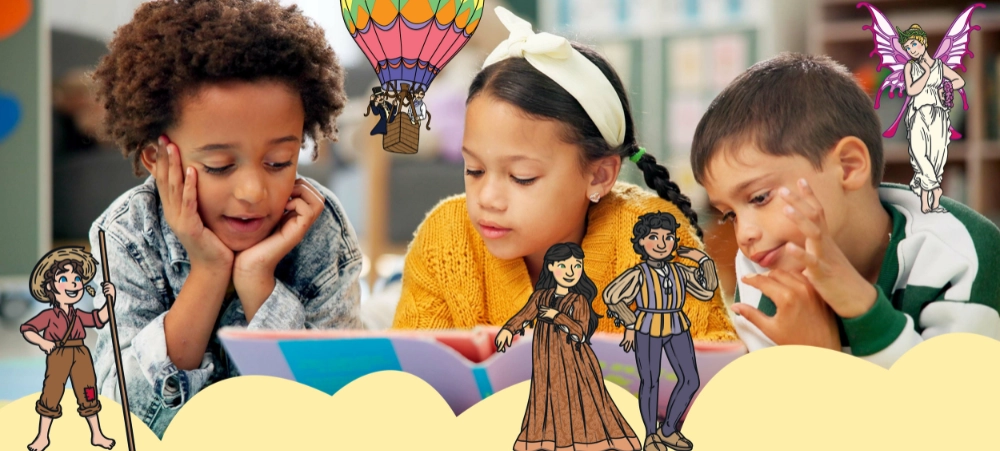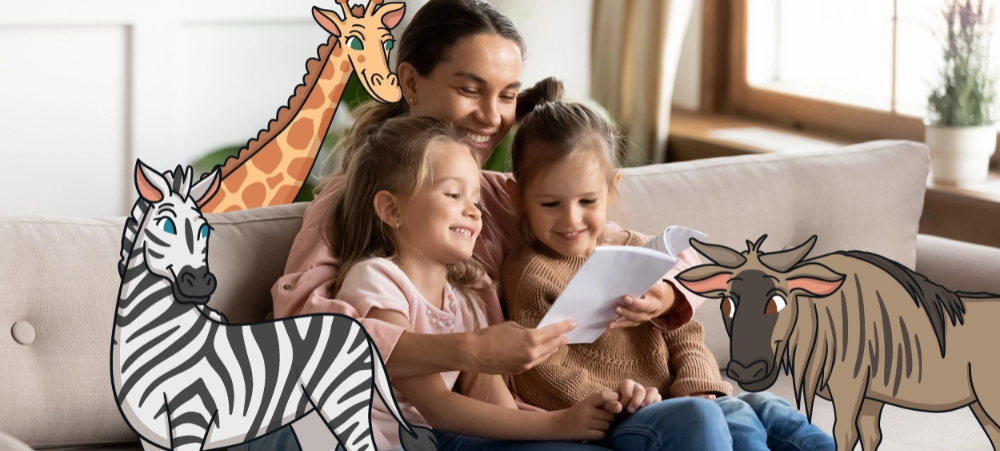By: Melodie Artingstall, Grade 3 Teacher at The Bridge Assisted Learning School
Art is an unstructured subject, with only a few guidelines, where children can explore different mediums and make mistakes. When it comes to learning subjects in the classroom, there is often a right and wrong answer and children can become fearful of making mistakes. Art allows children the freedom to make a mistake, plan and problem solve around it and turn it into masterpiece. There is no right or wrong way of expressing yourself. One of the biggest challenges as a teacher is encouraging students to trust in their ability, to express themselves and embrace their uniqueness.
During an Art lesson a student can create under their control and present a piece that has only been created by them. Handing over the control of a lesson to a child can have an impact on their socio-emotional process. Children can willingly create expressions of their emotions, safely communicate with others and develop their self-esteem positively. There are numerous areas that art holds importance in an assisted learning environment.
Early Childhood development in an assisted learning environment
Art plays an important role in a child’s early development and will continue to influence their development. There are many life skills in art that assist children in becoming well-rounded adults. These include decision-making, problem-solving skills, confidence building and development of fine motor skills.
Problem solving and critical-thinking
According to a report by Americans for the Arts, art strengthens problem-solving and critical-thinking skills (Lynch, G.H. 2012). One of the main concerns in the classroom is that children tend to experience difficulties in problem solving. It is all too easy for the adults in a child’s life to step in and solve a problem for them. Art allows a child to explore different options and ideas to reach their end result. While exploring and experimenting with mediums and new ideas, decisions and problem-solving take place. Creating can only begin when the child is given the opportunity to think through their ideas and come up with solutions for their creation independently. Gaining confidence in acquiring these skills can be carried over into other areas of their academics as well as becoming a part of their daily routine.
Self-expression and creativity
Art encourages self-expression and gives a child the platform to express themselves in various ways, be it visual art or performing arts. When children are able to express themself and receive recognition for their efforts, their identity and confidence begins to develop. As stated in an article titled Creative Art Helps Children Develop across Many Domains, “when we value children’s creativity, we help them feel valued as people, raising their self-esteem”.
Development of fine motor skills
Participation in different arts and crafts activities assists with the development of fine motor skills. When children manipulate different tools such as pencils, paintbrushes and scissors; the muscles in their hands are strengthened. The more these tools are used and manipulated, they become stronger and accurate in their use. “When your child paints or draws, they’ll be using their hands to manipulate objects, and they’ll have more success as they gain more control”, (Art for Kids: How Art Plays a Role in Early Childhood Development).
In summary, it is important to remember that art gives children the opportunity to express who they are, engage in their interests and develop their abilities. This needs to be recognized and celebrated in a safe and nurturing environment. As art can often be overlooked, it has shown improvement in the growth and development of children in an assisted learning environment. The benefits of art carry over into other areas of the child’s developmental stages, enriching a child’s learning and academic experience.
- Children need to be equipped for life, beyond the classroom - July 12, 2024
- Empowering children : Managing emotional challenges in the classroom - June 12, 2024
- Neurodiversity and change: How schools can support students - April 25, 2024





